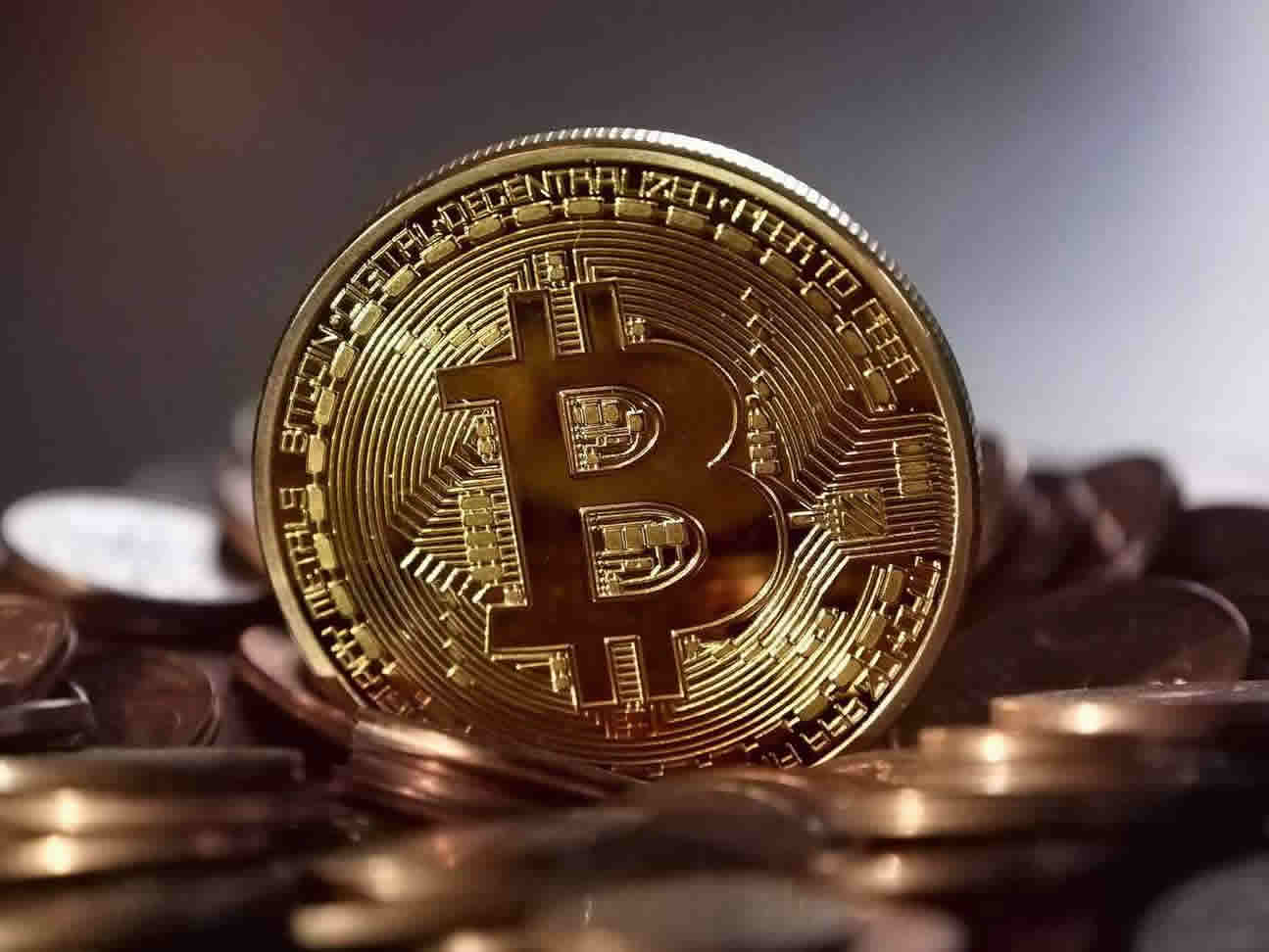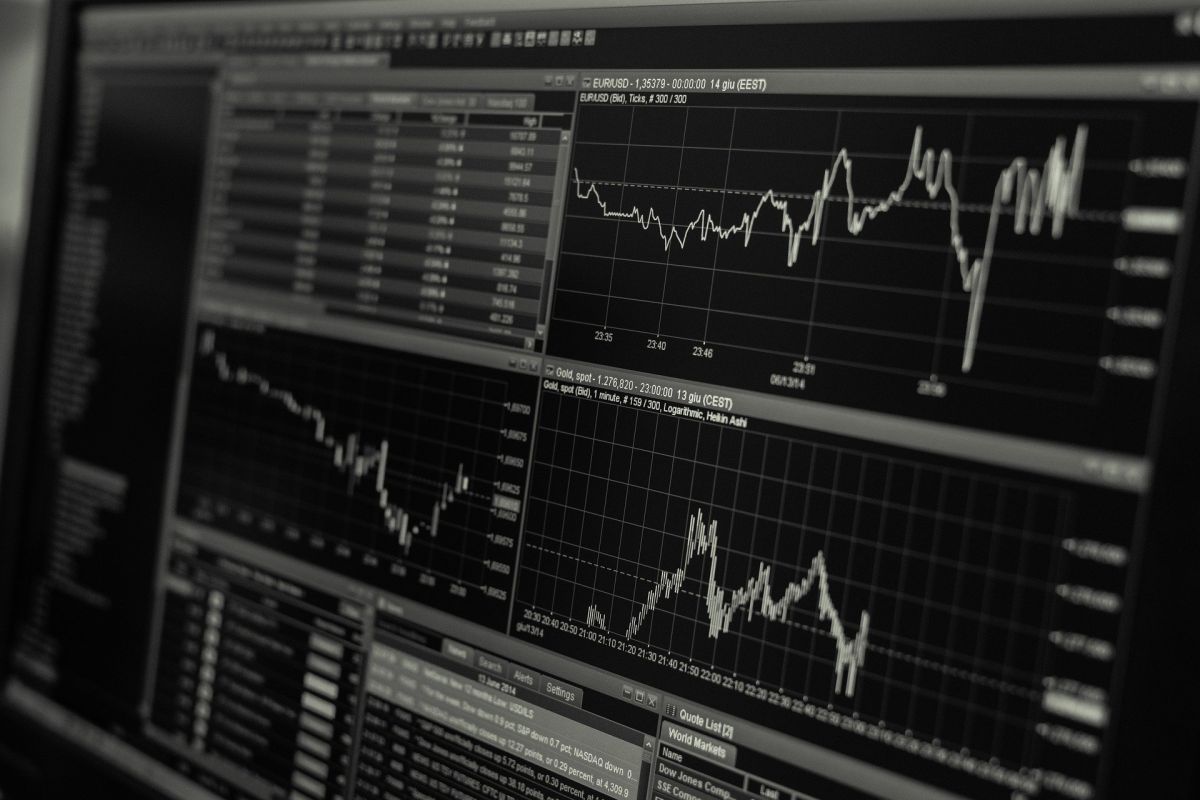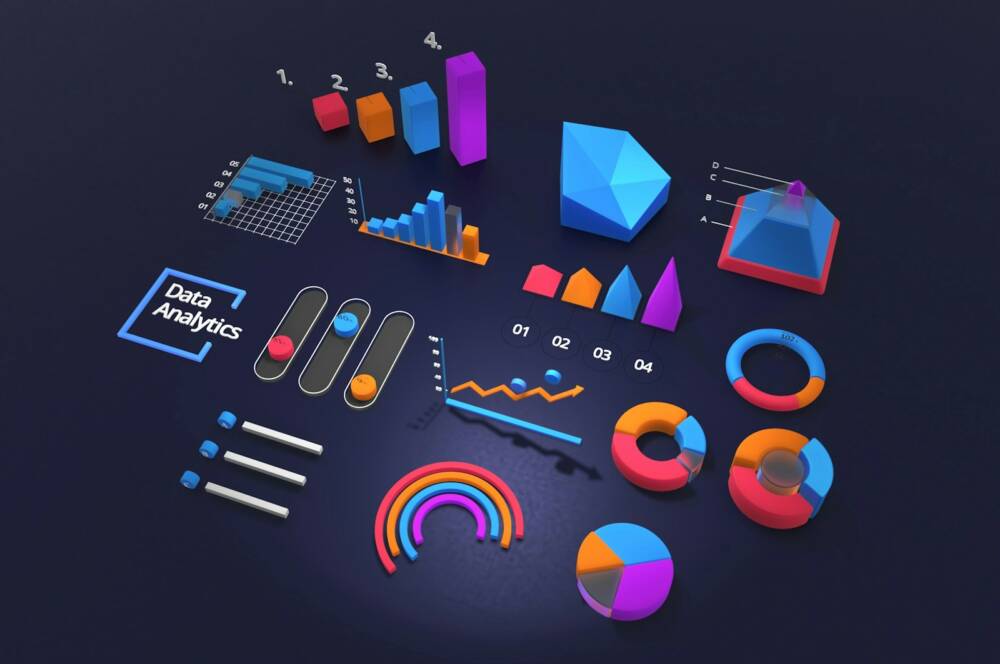USD/CAD Weekly Outlook
The USD/CAD advanced for a tenth consecutive week last week, climbing to a nearly six-year high of 1.2794. The pair gained more than 9.5 percent in January, as the Canadian dollar continued to struggle with plunging oil prices and a shaky domestic recovery.
The USD/CAD was trading at 1.2700 in Monday’s early Asian session, as investors set their sights on a deluge of economic data from both countries. Below is a breakdown of this week’s major market movers.
Monday
On Monday the United States Department of Commerce will report on personal income and outlays for December. A slight increase in personal income is expected, although consumer spending is forecast to drop 0.2 percent in December following gains of 0.6 percent the prior month.
Separately, the Institute for Supply Management will release its monthly manufacturing PMI. US manufacturing activity is forecast to remain steady in January following a protracted slowdown in the second half of the year.
Tuesday
On Tuesday the US government will report on factory orders, which measure demand for durable and non-durable goods. According to forecasts, factory orders were unchanged in December after falling 0.7 percent the previous month.
Wednesday
ISM will release its monthly non-manufacturing PMI on Wednesday, an important gauge of US service activity. US services PMI is forecast to rise 1 percentage point to 57.2 in January.
Separately, the ADP Institute will release an advance estimate of US private sector employment growth. Last month the ADP said US private payrolls rose by 241,000 in December. Economists expect a January tally of 215,000.
Thursday
The United States and Canada will report on international trade in the latter half of the week. The US trade deficit reached an 11-month low of $39 billion in December, as oil imports fell to their lowest level in two decades. Meanwhile, Canada’s trade deficit widened in December, as oil exports fell to their lowest level since January 2012.
Friday
The most anticipated data releases of the week come Friday when both countries report on employment. According to forecasts, the US economy added 230,000 nonfarm payrolls in January after registering the strongest year of job creation since 1999. If forecasts hold, January would mark the 12th consecutive month of above-200,000 job gains.
Canadian employment is forecast to rise 5,100 in January after contracting unexpectedly the month before. Statistics Canada last week lowered the number of jobs gained in 2014 from 185,700 to 121,300. The statistics agency also revised the unemployment rate for December from 6.6 percent to 6.7 percent.



















